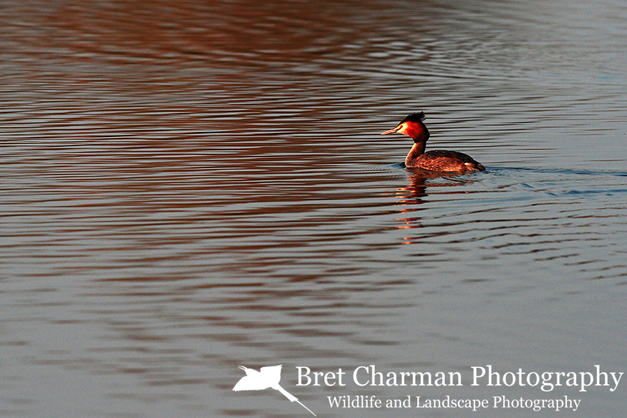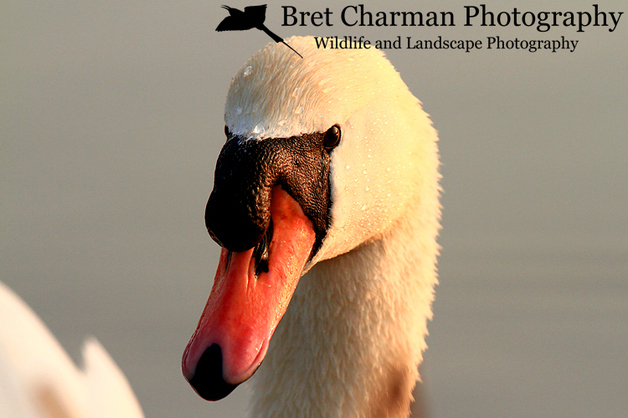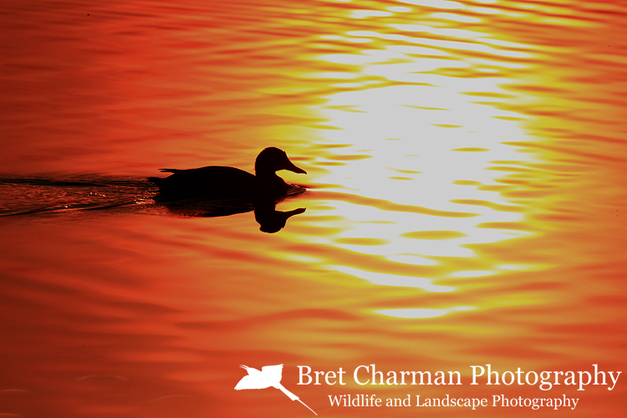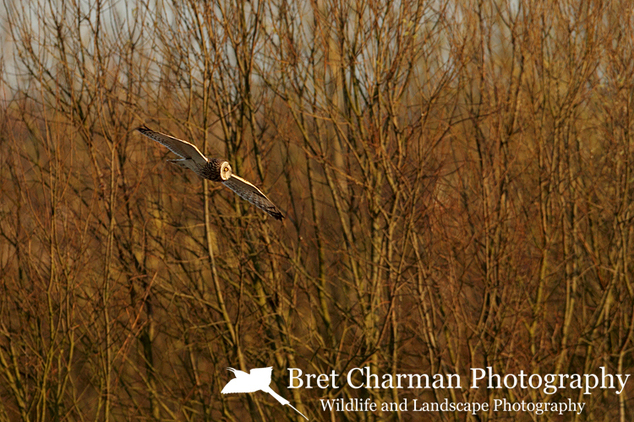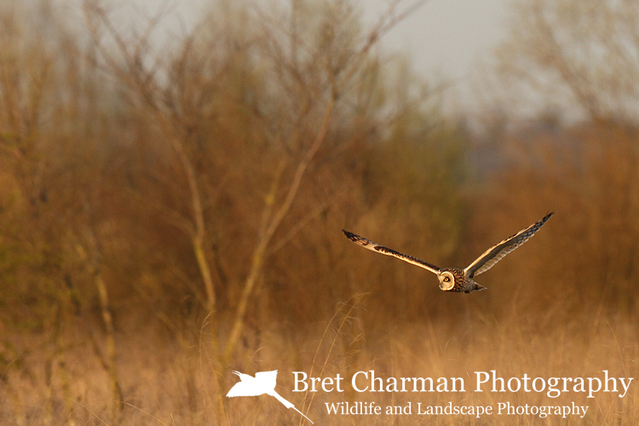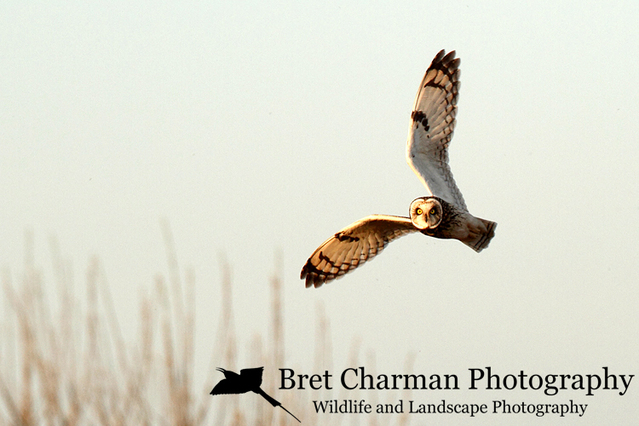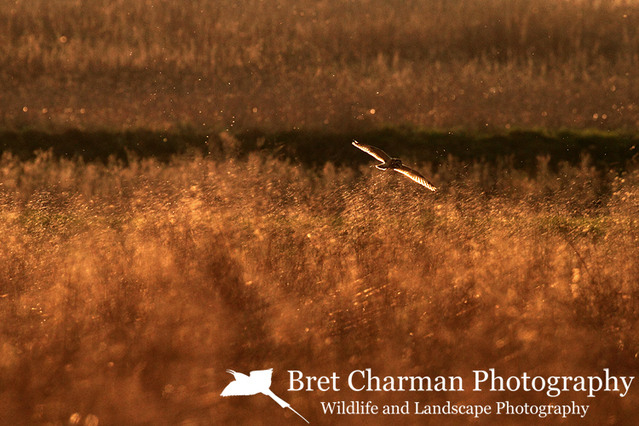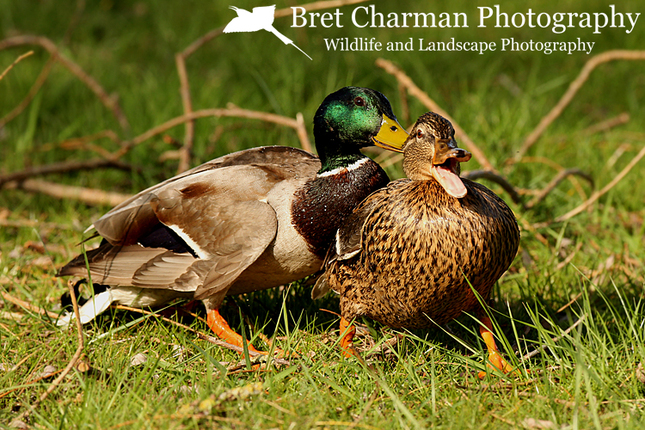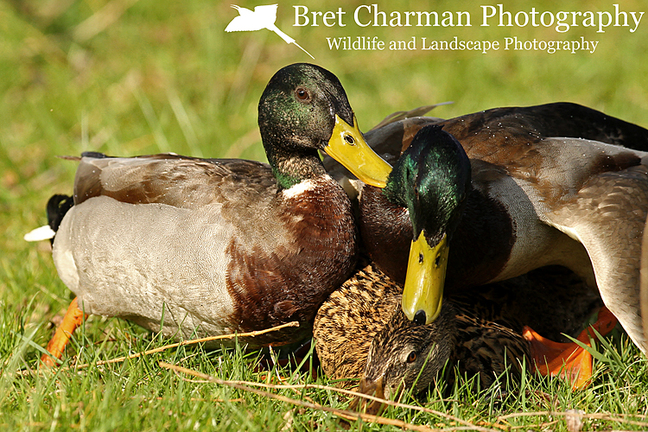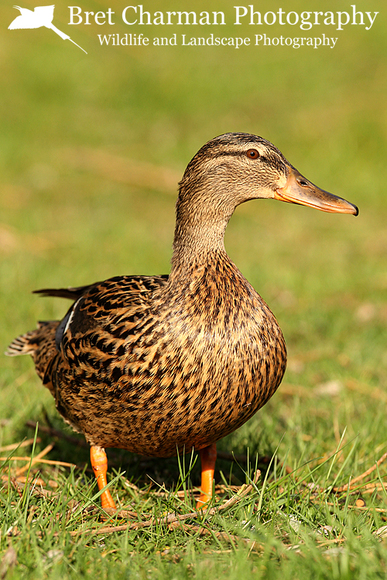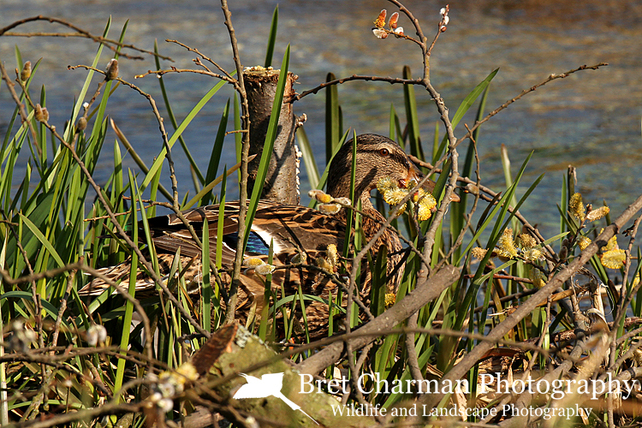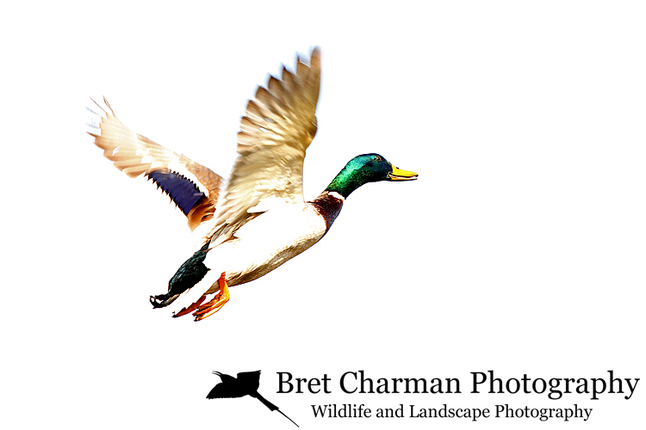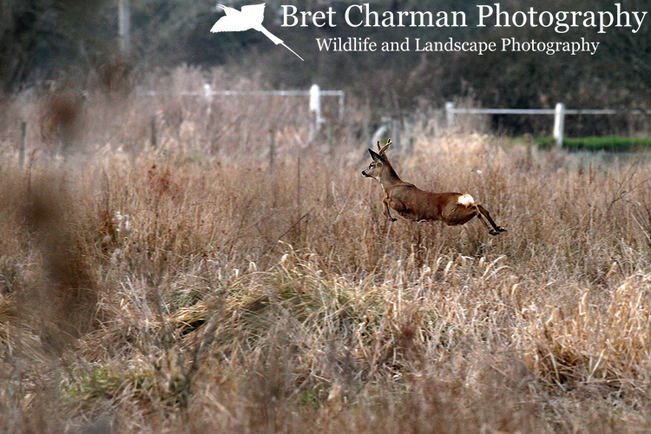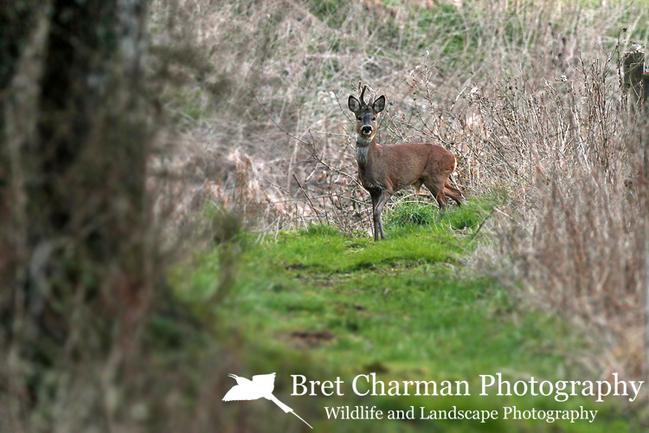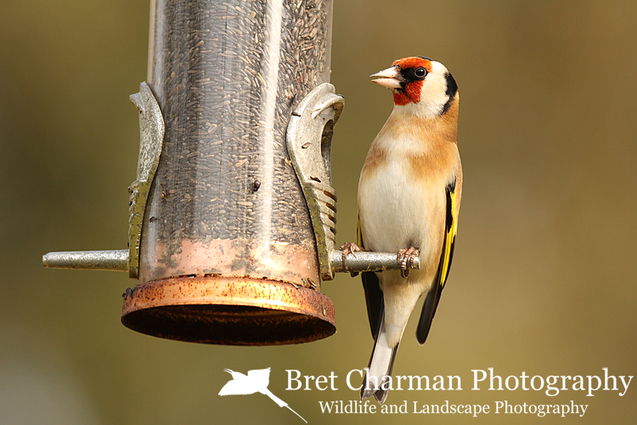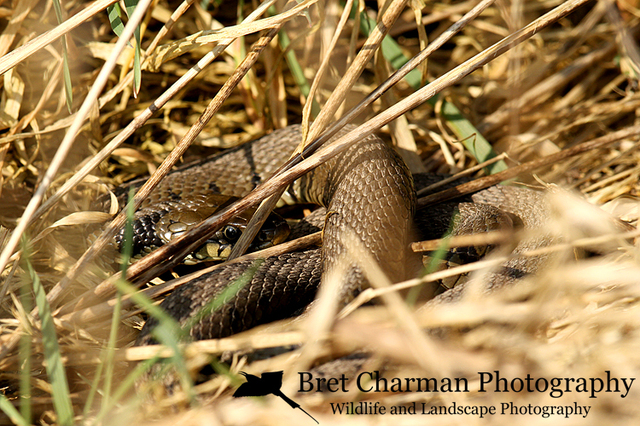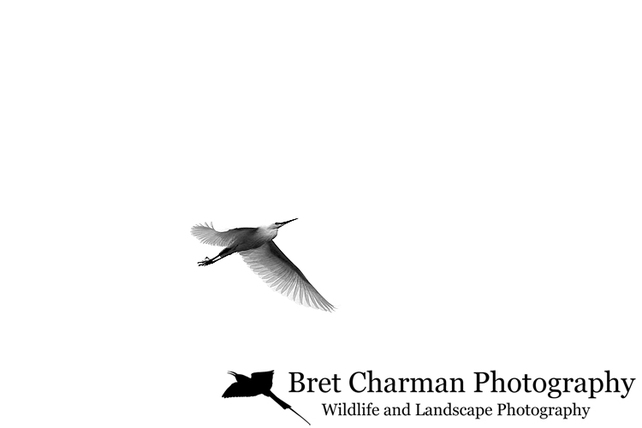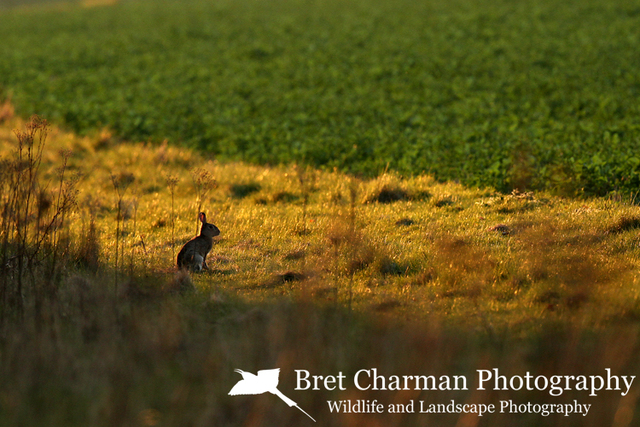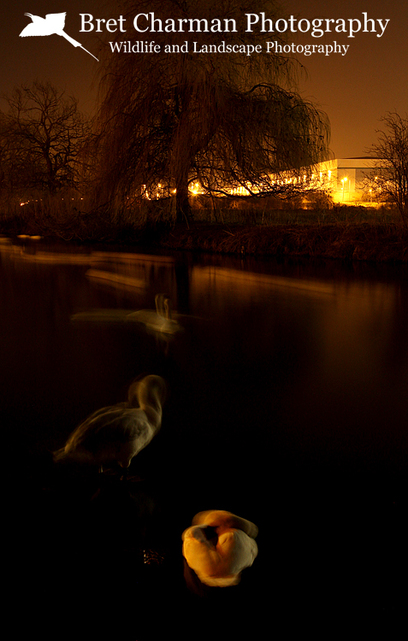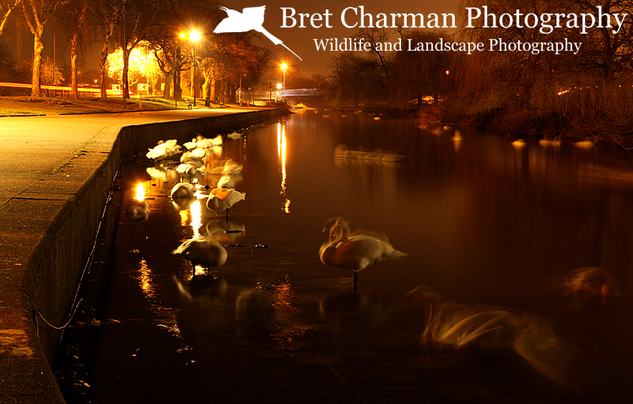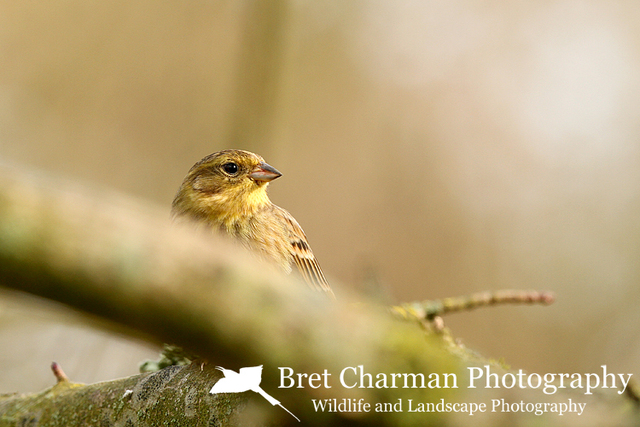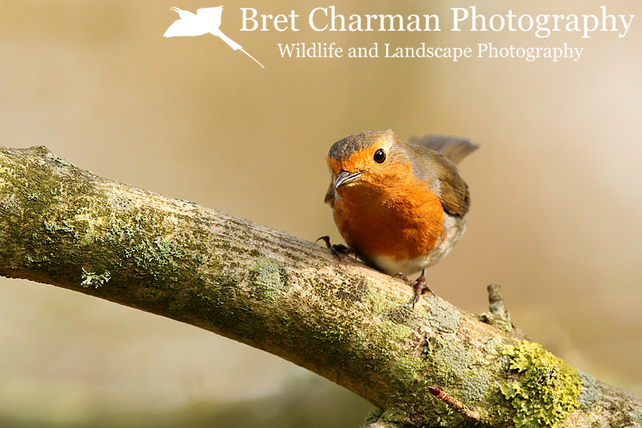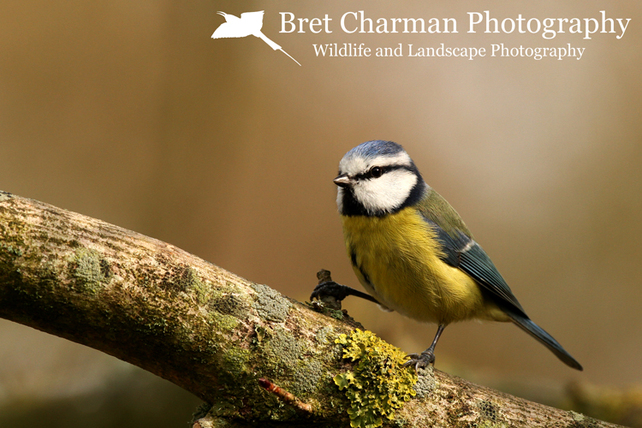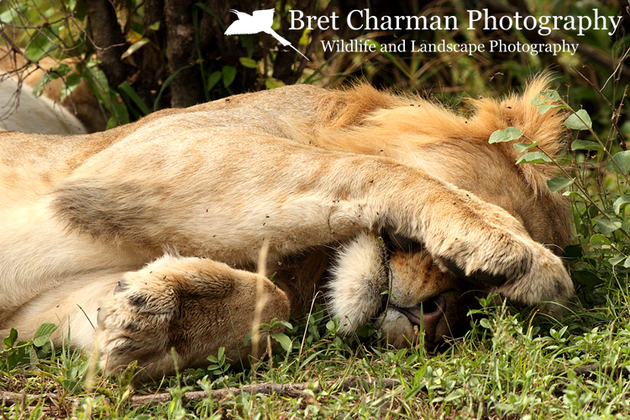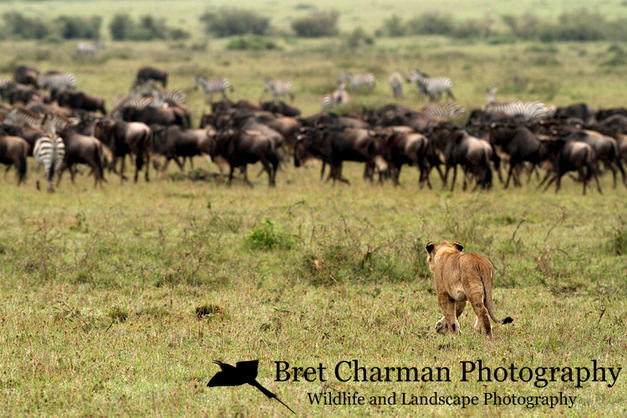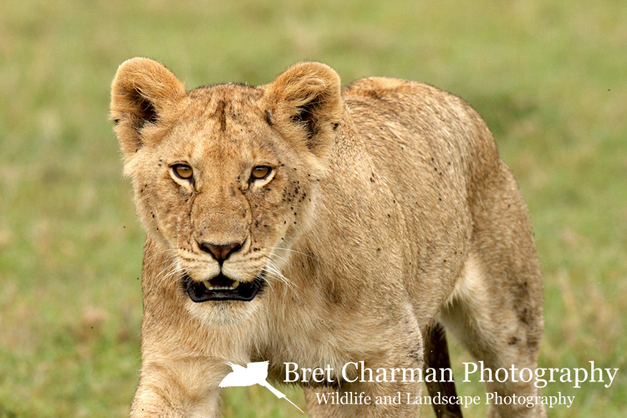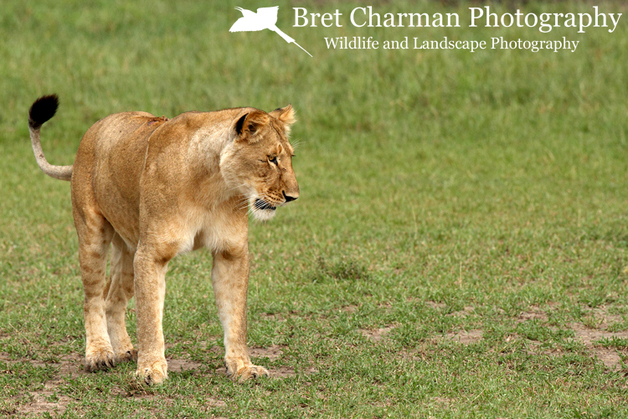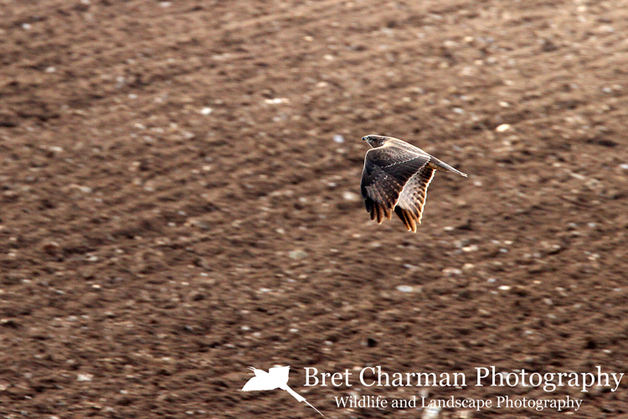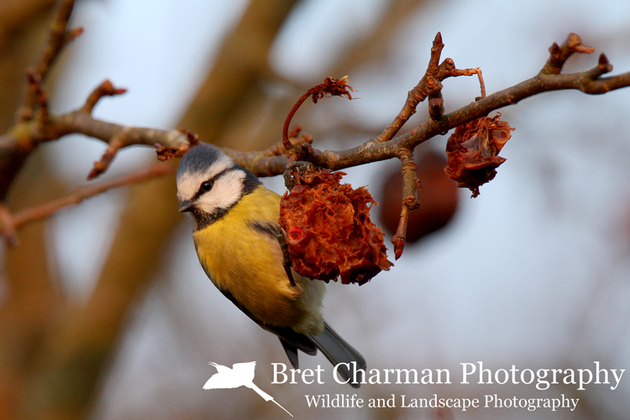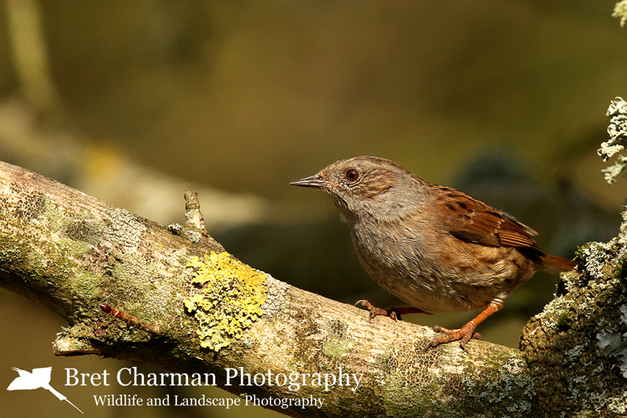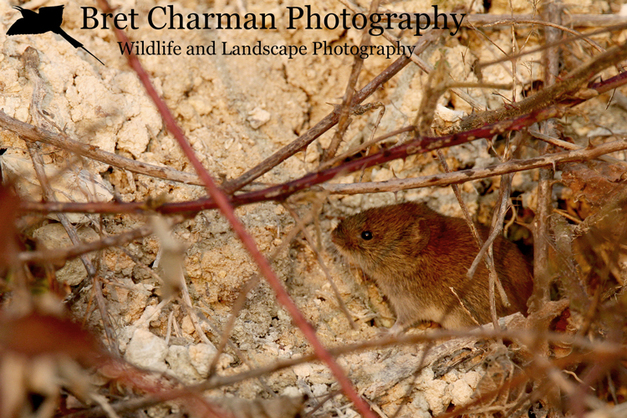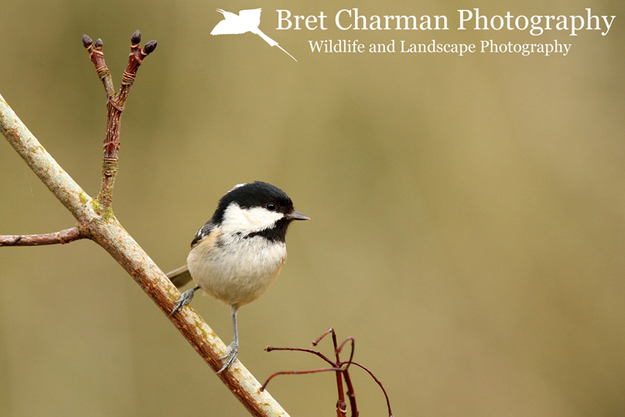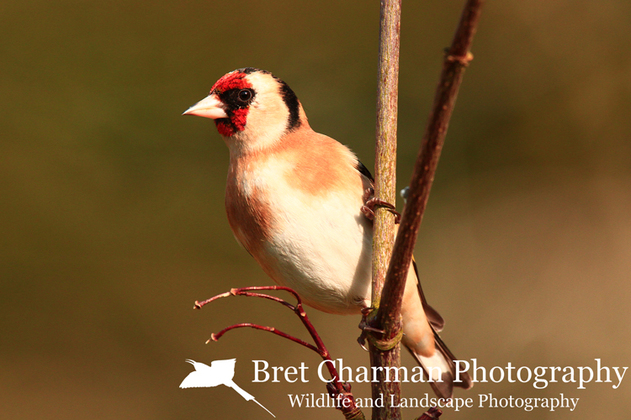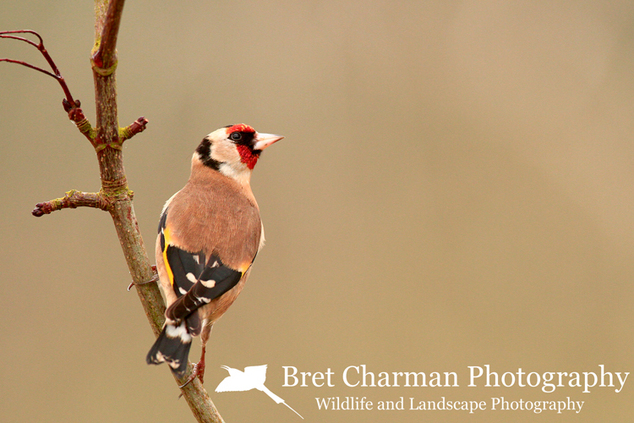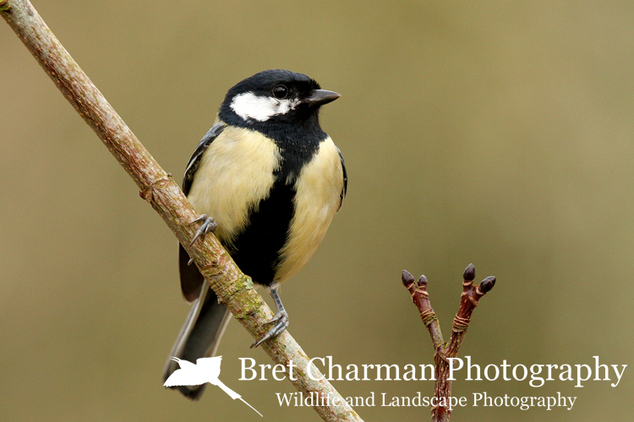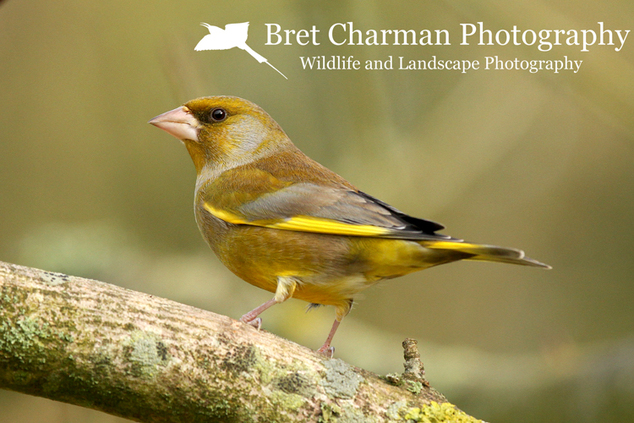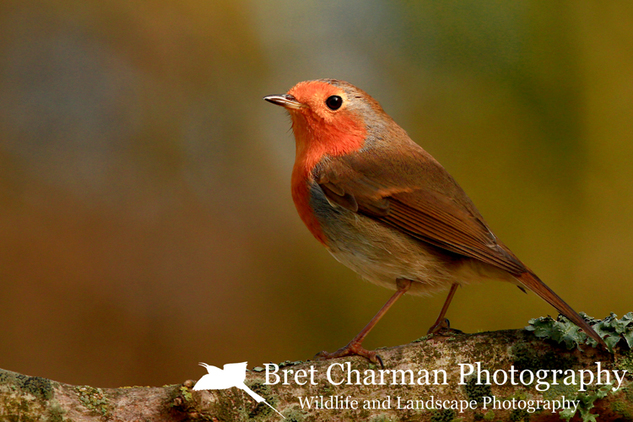|
This weekend I visited my girlfriend and we decided to go out on an evening walk around some lakes near to her house. We started off by visiting a quiet spot where there are often Great Crested Grebes, and there were two pairs there just as we thought. They were performing their beautiful courtship dance in the middle of lake and it is always a real privilege to be able to watch it. It was a little too far away to get a good shot but I did manage to get an individual as he came up from a dive. There were the usual culprits to be found on British waterways; the Mute Swan and the Mallard Duck. In fact, with one Mute Swan we had quite a close encounter as it approached us on the lakeshore. It seemed to be after food but with nothing to give, the individual quickly moved on. On the same piece of water were a pair of the ever present Mallard Duck. They started to swim towards the reflection of the setting Sun and I took the opportunity to go for a more arty approach, the colours were beautiful and the water surface was incredibly smooth. On our way home we saw something large flying off across the meadow. At first, I thought it was a Buzzard as it had a long brown wingspan and it was flying off from a post. Then after a moment I realised it was definitely not a Buzzard, its head was too broad and its underside was almost completely white. My heart was racing as I suddenly realised that this was a Short-eared Owl, there were in fact two birds and perhaps a third. Unfortunately we were the wrong side of the river and could not get close enough for a photograph. So we decided we would head down to the same spot the following evening. As you can see we were in luck on the second night, although I have to say we did have to wait a while. We set ourselves up underneath some electricity pylons, to try and ensure our silhouette was not immediately obvious, and waited for nearly two hours. Eventually, I saw a low flash of white sweeping across the golden grass and I knew we were in luck. The owl was hunting in complete silence with such agility and beauty, it was one of the most wonderful wildlife encounters I have had in a long time. The large yellow eyes were glowing in evening sunlight, the white face staring intently across the meadow before disappearing headlong into the long grass. As the light started to fade, we noticed another owl hunting nearby and when the two birds had sighted one another, they flew up high into the sky before heading back down towards the grass. We were able to observe the one bird, I managed to photograph, without disturbing it by staying still and keeping as quiet as possible. The amazing thing was that there were plenty of dog walkers around and people enjoying the Spring sunshine. The owls did not seem to be bothered and continued hunting until we left them in peace. What a wonderful way to spend an evening in the early Spring sunshine and what was better was that I got to share the moment with somebody else, for a change.
0 Comments
Over the last few weeks, around Naturetrek's offices, we have had a pair of Mallard Ducks as regular visitors. They are keeping close to the mill, trying to avoid a marauding group of bachelor male Drakes. The lone Drake has been desperately trying to block the advances of these rogue males but he has not been entirely successful. After days of stressful combat with the bachelor group, the pair are spening lots of time resting as close as they can get to the safety of the mill. At times the lone Drake seemed to be completely exhausted at times but on this occasion he decided to try and fight off advances of another male. He was successful and both he and the female were left in peace for the rest of the afternoon. Above, you can see the female hiding in the growing reeds. Her partner was not too far away and he was keeping a watchful eye on her. Perhaps this was a tactic to try and keep the bachelor away, by laying low. Below, this was one of the Bachelor group who was pushed off the female by the lone Drake. It seemed this individual was not prepared to fight for his conquest. Last night as I left the office I went for a quick stroll along the main river channel, when I saw some movement in the long grass. I looked up to see a male Roe Deer bounding across the water meadow, leaping over grass tussocks and the smaller river channels. He eventually came to a stop to have a quick look at me, before making another leap across a river channel and heading off towards a small copse of woodland. It was only when the deer stopped that I noticed he had a slightly odd pair of antlers. His left antler was growing in an unusual manner, it certainly wasn't growing symmetrically to the other. This is the second Roe Deer Buck I have seen with an odd antler in the last year, and at first I thought they might be the same individual, although it is very difficult to tell.
It seems that Spring is well on its way, some of the trees are now in blossom and the Sun feels that much warmer on the skin. It has also started some Spring behaviour in some of the local wildlife around my work's office and at home too. The birds are visiting the feeders less, except the Goldfinches who are still regular visitors to the Nyjer seeds. Around the office recently there have also been signs of spring, it is an exciting time and I was extremely lucky on a lunch time walk in the office's garden. Whilst walking along the river bank I noticed a shiny shape in the long grass and to my astonishment, it was a beautiful grass snake, curled up, basking in the warm spring sunshine. After a few minutes the snake decided to move into the grass and out of sight. I made sure not to approach it and let it move on in its own time. Around the Naturetrek offices we also have a few Little Egret and they are quite often feeding in the small river channels. They are very nervous around people and if they are approached they normally fly off to another pat of the river. This is exactly what happened here but luckily the bird turned around and flew right above me. In the area surrounding my house there is a lack of a Rabbit population at the moment. Last year we had a large outbreak of Myxomatosis that wiped out our local population of Rabbit and so for the summer ahead I have been scouting new locations with good cover to hide in and good lighting. I think I have now found a good spot and found a Rabbit posing against the light of the setting Sun. All I have to do now is get permission from the farmer.
On Saturday night my girlfriend and I decided to set out on a late night photography project. I was teaching Kristina about long exposures as well as getting some practise in myself. It has been a while since I have done any long exposure work and so I set myself the challenge to get some "interesting" wildlife shots. We headed down to the River Nene and found a well lit spot and set up the cameras on the tripods. At 01.30 am, I was a little apprehensive about having such expensive camera gear out but I did not need to worry, all was quiet. My aim for the evening's photography was to try and capture some quirky images of the local Mute Swans, as they can gather in quite large groups here. These are a couple of the results: I love the effect that the long shutter speed has had on these images, creating some really attractive scenes. The image above was so tricky, the bird in the foreground needed to stay almost completely still in order for the blur of its movement to be minimised. I waited for the birds in the background before attempting the shot. It did take me a few attempts before I got it right though. The large building in the background is a large distribution centre and created a very industrial backdrop, to what could almost be a rural river scene. This time I decided to include some more of the Swans' urban surroundings. It was hard to get the composure here, to try and keep distractions to an absolute minimum and to still keep at least one bird sharp. Eventually one of the Swans stayed still for the whole 30 seconds and I got the shot I was after. A scene of urban wildlife in a slightly more creative manner. To top it all off a car drove by whilst the shutter was open and left the long streaky lines in the top left of the image.
There are a few more garden bird images from the last few weeks that I thought I would share with you all. These are just a few of my favourite posers. I often hear Yellowhammer in the countryside surrounding home, but I do not often see them around the garden. On this day I was in luck as this female came to visit the feeders with her partner. As the male strutted his stuff on the ground, she seemd to almost be keeping an eye for danger. In the end the pair left the feeders without the female even having one seed. This little Robin is a regular visitor around my feeding station. It never stays for long but always poses just long enough for me to get a few shots. On this occasion he seemed particularly interested in my hide. As many of you will know Robins can be extremely territorial (males often fight to the death) and I wonder whether he could see his own reflection in the front glass of my lens. As with many gardens around the country the Blue Tits are regular visitors to my feeders, they normally go for the peanuts or sunflower seeds. These beuatiful little birds never normally stick around the feeders for long, they prefer their "grab and dash" technique. On this occasion this little bird decided to stay put in a stance that seemed to suggest he thought he was the "King of the Castle".
As many of you will know I went to Kenya last November, with my girlfriend. It was my first time visiting Eastern Africa and I was blown away by the wildlife, we even caught the tail end of the migration. We saw a great number of Lion on our 5 days in the Mara, including some young cubs, so I thought I would share a few of these with you all. The male Lion above, was one of the first larger males we saw in the 5 days we were in the park. We spent a few minutes with the pride and before long the flies were becoming a real hassle. He decided to take some action against the flies and covered his eyes with his paw, before long he was back asleep in shrubby vegetation. Not long after the flies had become too much for us as well and we moved on. This large cub was with a sibling when we spotted them walking along one of the tracks. We quickly realised that the cubs were heading in the direction of a herd of Wildebeest and Zebra. With no cover to conceal them the split up and started to trot towards the herd. Their efforts were entirely unsuccessful as the herd watched the two individuals before quickly moving on. Eventually the two cubs gave up and headed off up the hill. This is the sister of the Lion cub above, not long after they had finished chasing the herd of Zebra and Wildebeest. The two were heading up the gentle slope of a low hill, and then we heard their mother, who quickly appeared from a thicket close by. They came right towards the vehicle as they headed towards their mother, allowing some lovely close up portraits, so close in fact that I could not fit the whole cub in the frame. This lioness was laying on the edge of the Mara River watching the world go by when she saw some movement close by and went off to investigate. We followed her to find she was stalking a Monitor Lizard in the heavily grazed grass and she was very curious about it. It looked an awful lot like a domestic cat playing with a toy mouse, as it circled around it. It soon lost interest and rested within a few feet of it, eventually dozing off.
There has been quite a lot of interesting wildlife, over the last week or so, around my home in Hampshire and I thought I would share it with you. There has been a Buzzard which has spent a lot of time around my paddock at home recently, I don't seem to be able to get very close though! This Blue Tit was feeding on a wild growing Apple tree, in a disused chalk quarry, just up the road from my house. There were about 5 0r 6 birds regularly visiting the tree feeding on the rotten fruit. Perhaps they were feeding on small insects feeding on the rotten fruit. There are also a few Dunnock around my home, and occasionally they even try and feed from the garden feeders. This is more often than not, rather amusing to watch as they struggle to grip onto the feeders. They normally give up and pick on the scraps of bird feed on the ground before retreating back into the thick bushes nearby. Whilst watching the Blue Tits feeding on the Apple tree in the quarry, I noticed some movement on the bank beneath. After sitting still and watching carefully, I noticed it was a hive of activity for small rodents for which I only managed to get one shot. I have looked at the image again and again and due to the length of the tail I have decided it was a Bank Vole.
I have been spending a few days at home photographing the resident birdlife around my garden feeders. Unfortunately the first few days were a bit of a disaster. There was a warm spell which led to lots of insects coming out of hibernation and providing great feeding opportunities for the birds. Eventually the weather co-operated and the wildlife also decided to play along. One of the hardest birds to photograph in the area is the Coal Tit, they are quite common but they are very nervous around the feeders and they often only land on the feeders and not the surrounding branches. Goldfinch have also been proving difficult to photograph but at long last I have managed to get some crisp shots. There are a few pairs of Goldfinch around the garden and I have often seen them fighting. I have been desperate to try and photograph them but I have had no success as yet. Plenty of posing birds though which always makes me smile a little. There have been plenty of the other common garden bird species around this week including Greenfinch, Blue Tit, Great Tit & Bull Finch.
|
AuthorBret Charman Archives
July 2024
Categories
All
|

